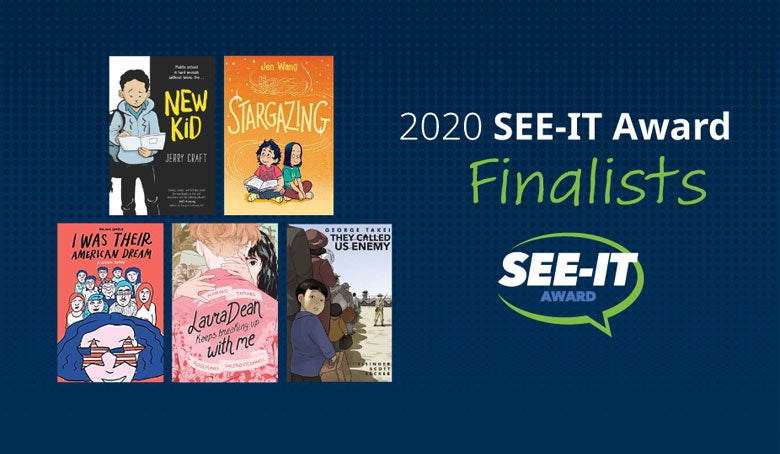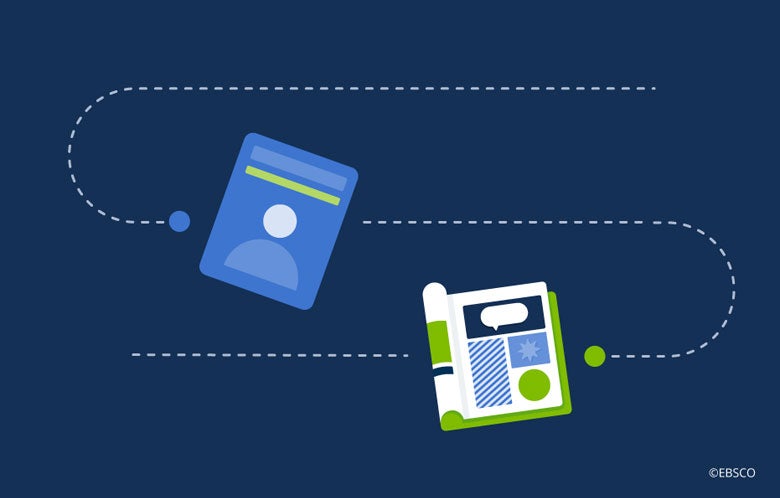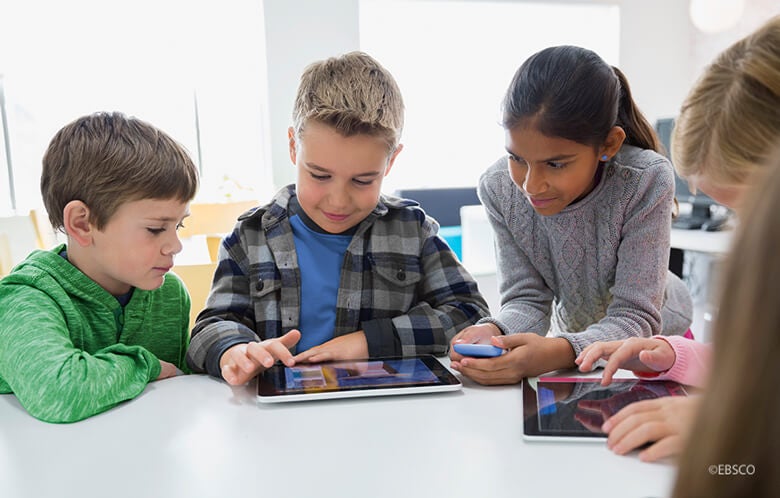In the first hours of starting in a new school this past week, I knew we had a situation.
“Where is it? You know that book,” asks a student, gesturing with hands, wide eyes wider. “Where is it?”
I checked the shelves to see nothing related available, and the catalog to find multiple holds and a circulation record without gaps reaching back to its arrival three years ago.
The good news was that kids were in the library the moment the school doors were opened, and at every opportunity throughout the day. The bad news was that demand was outstripping supply, and the natives were restless. But the best news of all? They were reading.
For the record, Avatar: The Last Airbender is a graphic novel series by Gene Leun Yang from Dark Horse Comics that extends a popular Nickelodeon television series mixing Chinese mythology, martial arts and fantasy in a the series anthologized into four library edition hardcover anthologies: The Promise, The Search, The Rift and the final book 4, Smoke and Shadow — the one now so coveted by readers at Dearborn Park International School, I can’t keep them on the shelves. The National Ambassador for Children’s Literature, Gene Luen Yang is doing a fabulous job advocating for reading and comics. He’s spot on in every way.
Comics like Yang’s Avatar, Calvin and Hobbes, Bone, Pokemon, Marvel and the Naruto series need no advocacy help from librarians, only a robust supply and circulation. Rather, comics need librarians to advocate with teachers to include comics in the reading mix. Decoding visual information is increasingly important, and comics give students practice they need and enjoy.
Toon Books have been a game changer for bringing comics to early readers. They’ve created significant teacher-friendly guides to the how and why of comics aligned with their brilliant and steadily expanding collection of great graphic novels for elementary readers. Further, Toon Books have partnered with Professor Garfield to provide free online access to 11 titles in English (with many translated and read in Spanish, French, Russian, and Chinese versions), along with comic-creation activities and teacher support. Every librarian should have the online books linked in their catalog and web portal, as well as a robust supply of the print titles for early and middle readers. Check out how I’ve put one-click access link to Toon Readers on my DPIS Library Glog right alongside other online reading resources available from our district and local public library databases.
As reading advocates, librarians also need to share how the increasing supply of high-quality, content-rich, nonfiction graphic novels that align to studies right across the K-20 spectrum. Dan Brown’s The Great American Dust Bowl and Drowned City: Hurricane Katrina and New Orleans, and David Lasky’s Oregon Train: The Road to Destiny are just a few that have a place in U.S. History classes even at the elementary level.
For older students, non-fiction history and graphic journalism like John Lewis’ March Books 1, 2 and 3 should be in every library. American Born Chinese, Barefoot Gen, Maus, Persepolis, Satchel Paige: Striking Out Jim Crow, Clemente, …. the list goes on and on and on.
As Nelson Mandela stated in the authorized graphic novel of his life story, “All of us have the potential to be experts in telling stories and in reading stories. It is our hope that the comic will promote this understanding.” (Nelson Mandela: The Authorized Comic Book HW Norton, NY, 2005)
I always urge librarians to keep popular and often media-linked titles on hand, but to also make the effort to dig deeper into the recommendations and catalogs of comic publishers like Fantagraphics, Dark Horse and First Second Books. Make the effort to explore high-quality graphic novels, keeping an eye peeled for reviews and notices of positive cultural and gender representation and lean on the expertise at book shops, publisher and vendor-partners to bring the best comics to the shelves of our libraries.
‘Cause with graphics this good, they won’t be on there for long.
Learn more about building and maintaining your school library’s graphic novels collection by watching our recorded webinar, “Getting Started with Graphic Novels: A Primer for School Librarians.”



